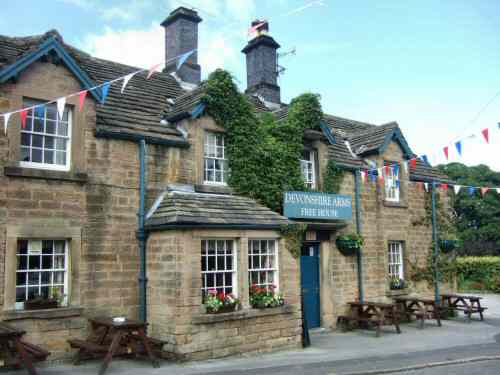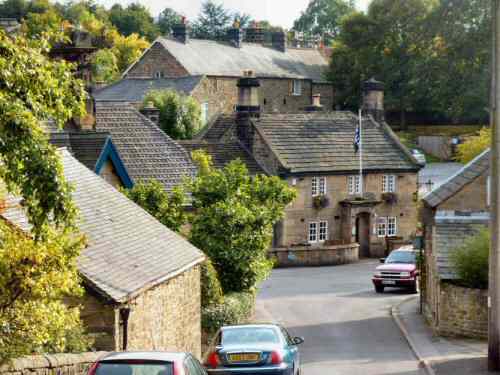CHATSWORTH HOUSE
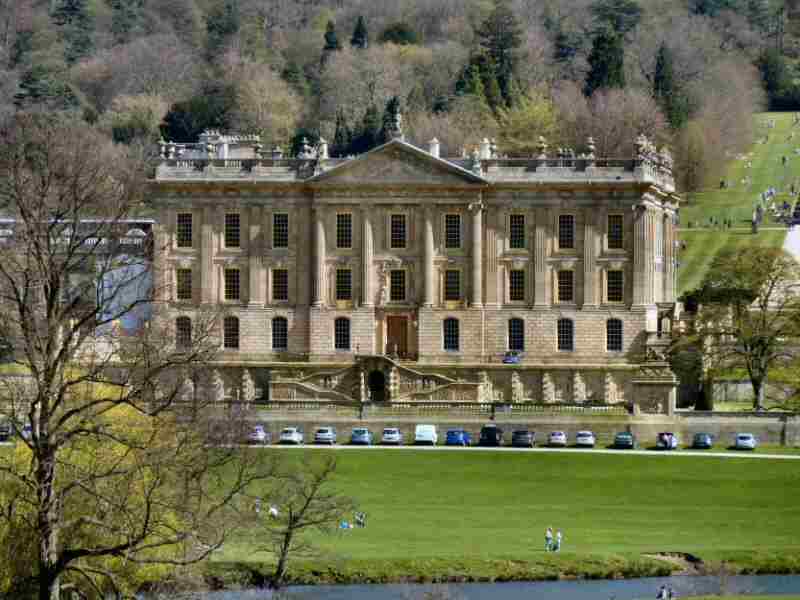
PLAN YOUR VISIT TO CHATSWORTH HOUSE
INFORMATION
Location: From the A6 Matlock to Buxton Road, take the B6012 signed for ‘Chatsworth House’.
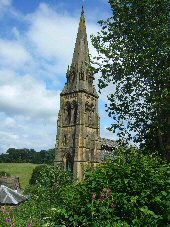
Visit: There are many things to see and do when visiting Chatsworth. Enjoy the House’s elegant interior and one of the finest art collections in Europe. The gardens are magnificent, with the Emperor Fountain as the centrepiece. From early November every year, the House takes on a magical experience as Chatsworth is dressed for Christmas. Children are well catered for with a play area and farmyard to visit. Chatsworth Park is free to visit.
Refreshments: Several food outlets exist in the Stable Yard at Chatsworth House.
Edensor: The village is set in one of the most beautiful locations in the country, in parkland owned by the Devonshire family. Their stately home, Chatsworth House, is only a five-minute walk away. It is unique in style and provides the first-time visitor with an experience they will never forget. The Tea Cottage provides refreshments.
Pilsley: A pretty, unspoilt village with magnificent views over the Derwent Valley. It lies about one mile east of Chatsworth House, in a sheltered position. The limestone cottages are enriched by gardens full of colour, and many of the occupiers have learned the craft in the gardens at Chatsworth . Chatsworth Farm Shop is at Pilsley and the Devonshire Arms.
Beeley: Anyone compiling a list of the most picturesque villages in Derbyshire would have to include Beeley. It is a pretty, unspoilt village sheltered by Beeley Moor with wonderful views in all directions. Like Pilsley, the village pub is named the Devonshire Arms.
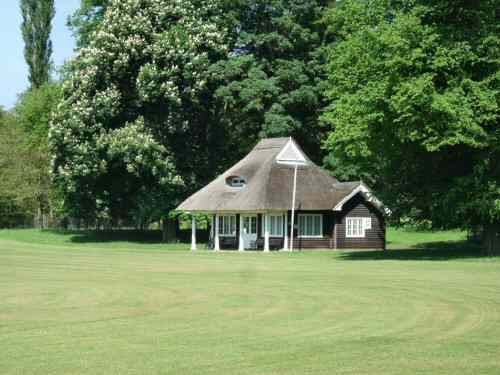
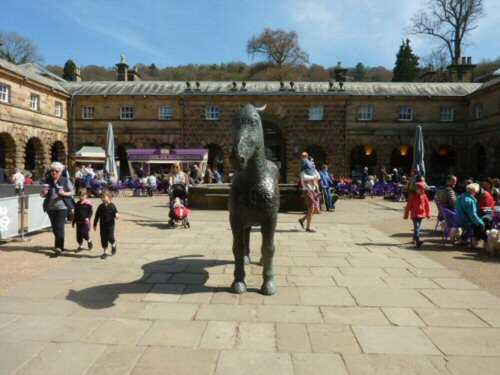
CHATSWORTH HOUSE
A few years ago, Chatsworth House, ‘The Palace of the Peak’ was named Britain’s Best Stately Home in Period Living and Traditional Homes magazine’s Best of British Awards. The first House at Chatsworth was built by ‘Bess of Hardwick’ and her second husband, Sir William Cavendish. Building began in 1552, and his widow completed the work after Sir William died in 1557. Today, Chatsworth is one of the Treasure Houses of England, with fine furniture, sculpture, tapestry, paintings, and other works of art.

Set in beautiful surroundings in the heart of the Peak District National Park, it attracts admiring visitors worldwide. The gardens at Chatsworth, which can be visited separately from the House, extend to 105 acres and have five miles of footpaths to explore. Apart from rare trees, shrubs, formal hedges, temples, sculptures, old and new, streams, and ponds, it is probably the famous waterworks that most catch the eye. A recent addition is the Sculpture Trail.
Visitors gazed in awe at the Emperor Fountain, which was built in 1844 to impress Czar Nicholas of Russia. Unfortunately, the Czar was detained elsewhere and failed to visit Chatsworth. The fountain’s single gravity-fed high spout rises to 290 feet and was the highest in the country when it was installed.
Capability Brown laid out the 1,000-acre park in the 1760s, and it is open to the public free of charge throughout the year. Sheep and cattle graze the grass, and a large herd of deer can usually be seen on a walk through the park. The B6012 road winds its way through the parkland and provides a magnificent view of Chatsworth House. You look across the River Derwent to the west and south front, with its neat lawns sloping up the bank to Stand Woods, which provides a superb backcloth.
Chatsworth Walk
